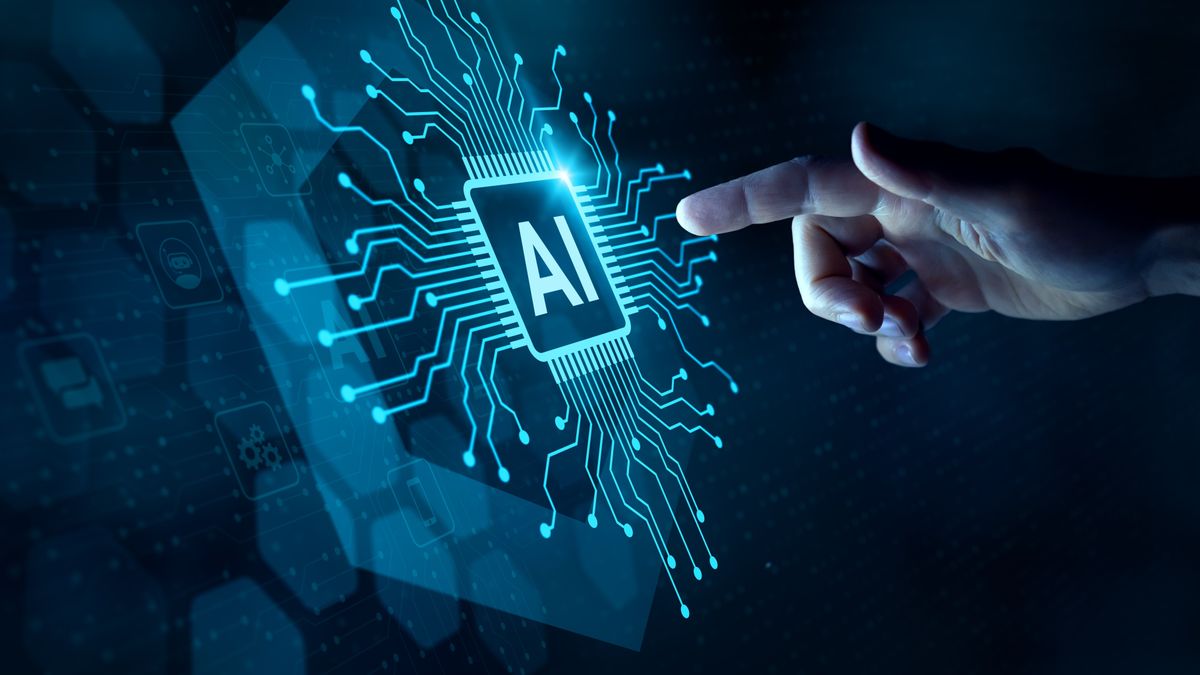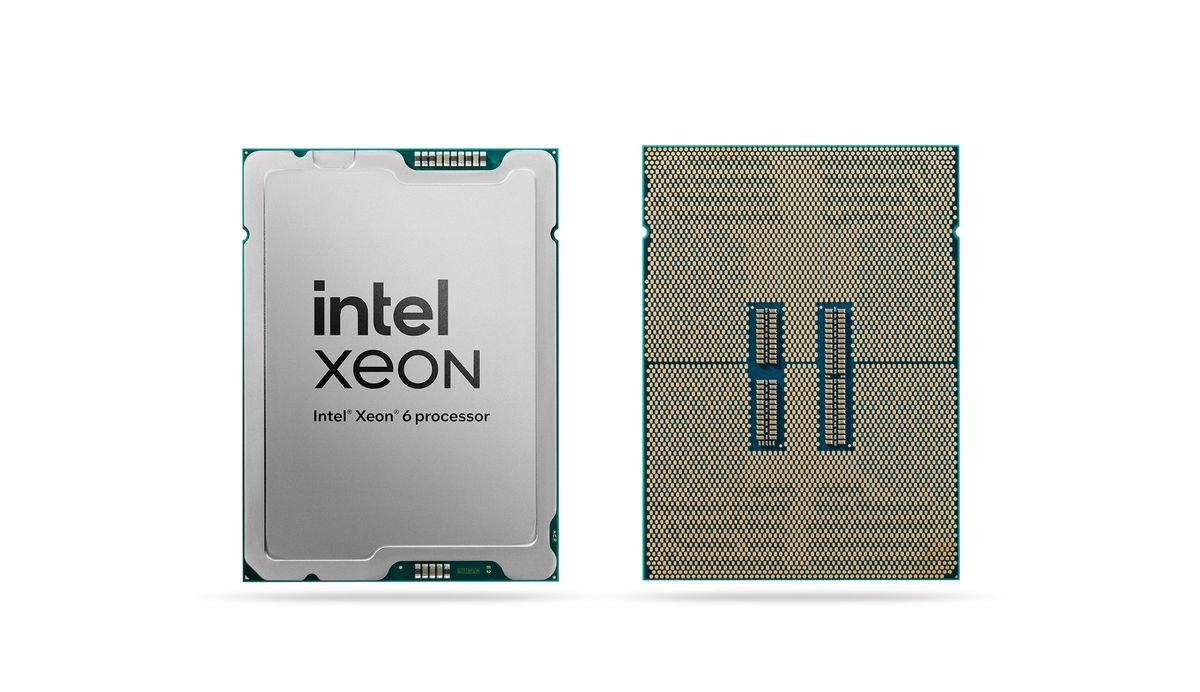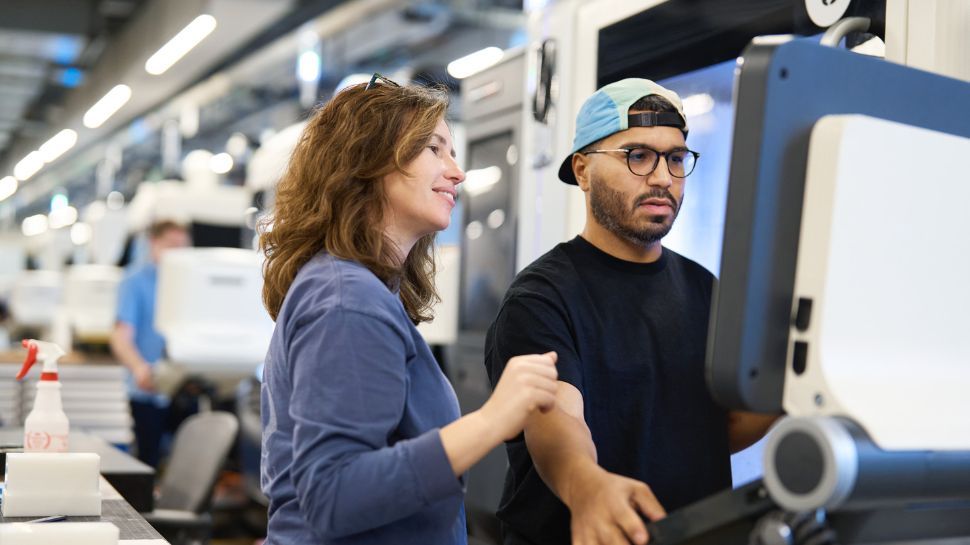AI has taken the world by storm, allowing companies to process data faster than ever before. The knock on effect for software companies has been astonishing, allowing them to test new products and services at a fraction of the time, giving them a new competitive advantage.
In the past, it would take years for products to reach the market. Windows 10, for instance, needed two years of development and testing before it could see the light of day. Now, that same software could have taken just a few months to complete, all thanks to AI’s involvement. This article will dive into AI’s ability to improve the software testing process, allowing companies to release their products faster than ever before.
Role of AI in Software Testing
Artificial intelligence is a type of technology that mimics human intelligence. Just like the human brain can tap into its knowledge pool, AI taps into a database that allows it to extract data. The only difference between AI and humans is that while our brain takes longer to remember and occasionally forgets, AI never does.
AI technology uses various advanced algorithms to find the right information in the right place, all within seconds. When employed in software testing, it takes over the repetitive, time-consuming tasks that would have taken precious minutes (or even hours) to complete. When used together with human intelligence, it can significantly improve product quality without sacrificing the company’s time.
Chief Marketing Officer, Kualitatem.
How AI sped up product testing speed
There are various ways in which AI effectively improves product testing speed, shortening the time needed to release a product. This includes the following:
Higher test coverage
Before a product is released onto the market, it needs to adapt to the needs of various consumers. Since each buyer is different depending on the market, developers would have to create multiple scenarios and various algorithms to perform each test. Even if standard automation were used, this would still take significant time, as testers would have to create the test cases and templates themselves.
Artificial intelligence made things easier by bringing a second, faster “brain” into the mix. Using vast amounts of data, AI can now generate a variety of test cases that include the markets you are interested in. Now, companies no longer have to limit themselves to one or two scenarios until the growth phase; they can release a wide-range one right away.
Early defect detection
Product release is usually delayed simply because early “harmless” bugs grew very big, leading to costly and time-consuming fixes. Even if the anomaly has not shown itself, specific patterns could lead to their eventual growth, preventing the product development process from following a smooth path.
Artificial intelligence can detect these “red flags” that human intelligence might otherwise overlook. They use various pattern tests to determine whether or not they will become a real problem in the future, solving them before they become an extensive issue. This early bug resolution process cuts from the “fixing time,” allowing companies to release the final product much faster.
Enhanced accuracy
Human bias can significantly affect the accuracy of a test, causing you to miss factors that could have otherwise been relevant to the test. For instance, one could create a software piece that could easily be used by most of the population but could be biased against other minorities. Not including them from the beginning could reduce product reach, requiring different time-consuming modifications later.
While AI can still have some bias depending on the training it receives, it does not have the “emotional” aspect of the human mind. It can adapt to different situations, using hard data instead of momentary belief. It can also catch human error much faster, ensuring a high accuracy rate.
Better adaptability
One significant aspect that almost always delays product release is that tests need updates. Perhaps you plan to add another feature later in the production or wish to make it available at a higher scale. Updating the test could take valuable resources and time, especially when you need to make all the modifications manually.
AI-based testing tools have a better ability to adapt to potential changes in software, meeting testing requirements without taking too much of your time. This makes them a better choice if you have a product that needs constant updating, such as a phone application. AI tools can make the calculations and deductions necessary for scaling, overall flexibility, and timely modifications, adding to a faster time-to-market.
Effective visual testing
When creating a certain piece of software, you likely have the target platform in mind. Perhaps you want to create an app that works best on laptops, or maybe you wish to make something that works just as well on mobile devices. The problem is that around 60 percent of adults use more than one device per day, constantly switching from their phones to laptops.
The testing’s visual scope needs to cover multiple target devices to increase the product’s usability. Nowadays, AI-tools use vision algorithms that compare visual appearances, detecting potential discrepancies. This parallel-testing advantage reduces release time and leads to a consistent user experience.
The bottom line
AI introduction in software testing can efficiently streamline a company’s software testing process, detecting anomalies and improving overall efficiency. As time-to-market accelerates, companies can get a competitive edge in a world where technology is continuously evolving.
We feature the best AI website builders.
This article was produced as part of TechRadarPro’s Expert Insights channel where we feature the best and brightest minds in the technology industry today. The views expressed here are those of the author and are not necessarily those of TechRadarPro or Future plc. If you are interested in contributing find out more here: https://www.techradar.com/news/submit-your-story-to-techradar-pro





